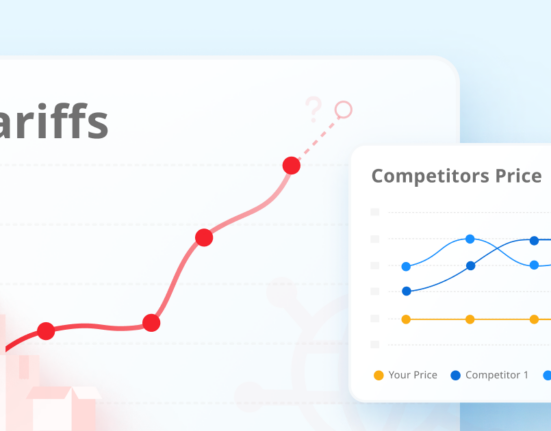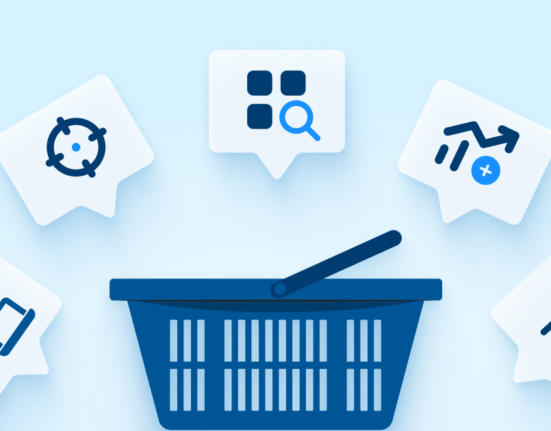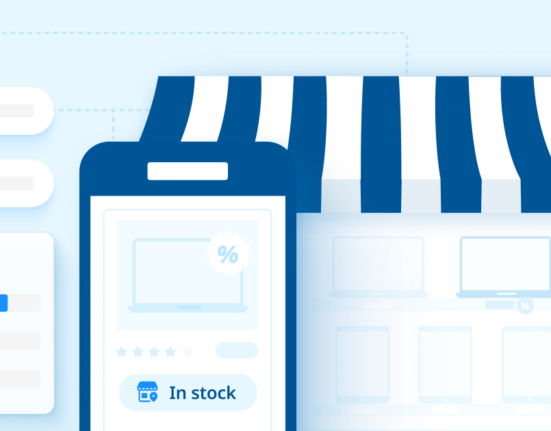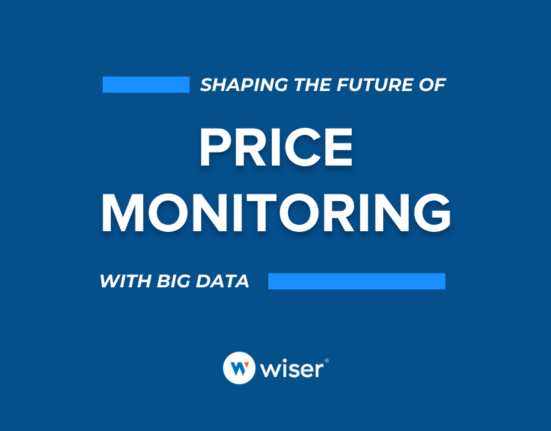In the fast-paced retail sector, staying ahead means leveraging technology to enhance visibility and compliance across store operations. Image recognition technology is leading this transformation by enabling brands and retailers to maintain competitive edges through accurate, real-time data capture and analysis.
The Rise of Image Recognition in Retail
Image recognition technology uses cameras and a layer of AI to interpret and analyze visual information from store shelves. This technology has revolutionized the way brands approach in-store merchandising, stock management, and compliance. Unlike manual inspections, which are labor-intensive and prone to human error, image recognition offers a consistent, objective, and scalable solution. The advances in image recognition in the last 5 years indicate an increasing reliance on this technology for retail success moving forward.
Enhancing Product Placement and Compliance
Effective shelf management ensures products are available, visible, and attractively presented. Image recognition helps brands monitor shelf conditions in real-time, detecting stockouts, ensuring planogram compliance, and optimizing product placement. This is important – studies have shown that proper shelf compliance can increase sales by up to 20% as it directly influences buying decisions.
Improving Pricing Accuracy
Pricing discrepancies can lead to lost sales and damaged customer trust. Image recognition technology enables retailers to monitor pricing in real-time, ensuring that shelf prices match promotional offers and are consistent across all locations. This real-time capability not only enhances customer satisfaction but also helps in maintaining a competitive edge in pricing strategies.
Real-Time Data for Real-Time Decisions
The ability to make informed decisions quickly is crucial in retail. Image recognition provides brands with immediate insights into market conditions, competitor activities, and customer preferences. This immediacy allows for swift action, from adjusting marketing strategies to addressing stock issues, thereby minimizing lost sales and maximizing revenue opportunities.
Case Study: Boosting Efficiency and Accuracy
A leading FMCG and Wiser customer implemented image recognition technology and saw a 30% improvement in compliance rates and a 25% reduction in stockouts within the first six months. These changes led to a noticeable increase in customer satisfaction scores and a significant uplift in sales.
Conclusion
As retail continues to evolve, the adoption of image recognition technology is no longer optional but a necessity for brands that wish to thrive in a competitive market. By providing detailed, actionable data, image recognition empowers brands to execute their retail strategies with precision and confidence.
How Wiser Can Help
Wiser’s In-Store Execution platform integrates cutting-edge image recognition technologies tailored specifically for CPG brand manufacturers. Our solutions offer seamless, automated in-store monitoring, ensuring that your products are priced, placed, and presented according to the highest standards. With Wiser, brands can not only comply with retail execution demands but also proactively manage their in-store presence to drive growth and improve customer experiences.









